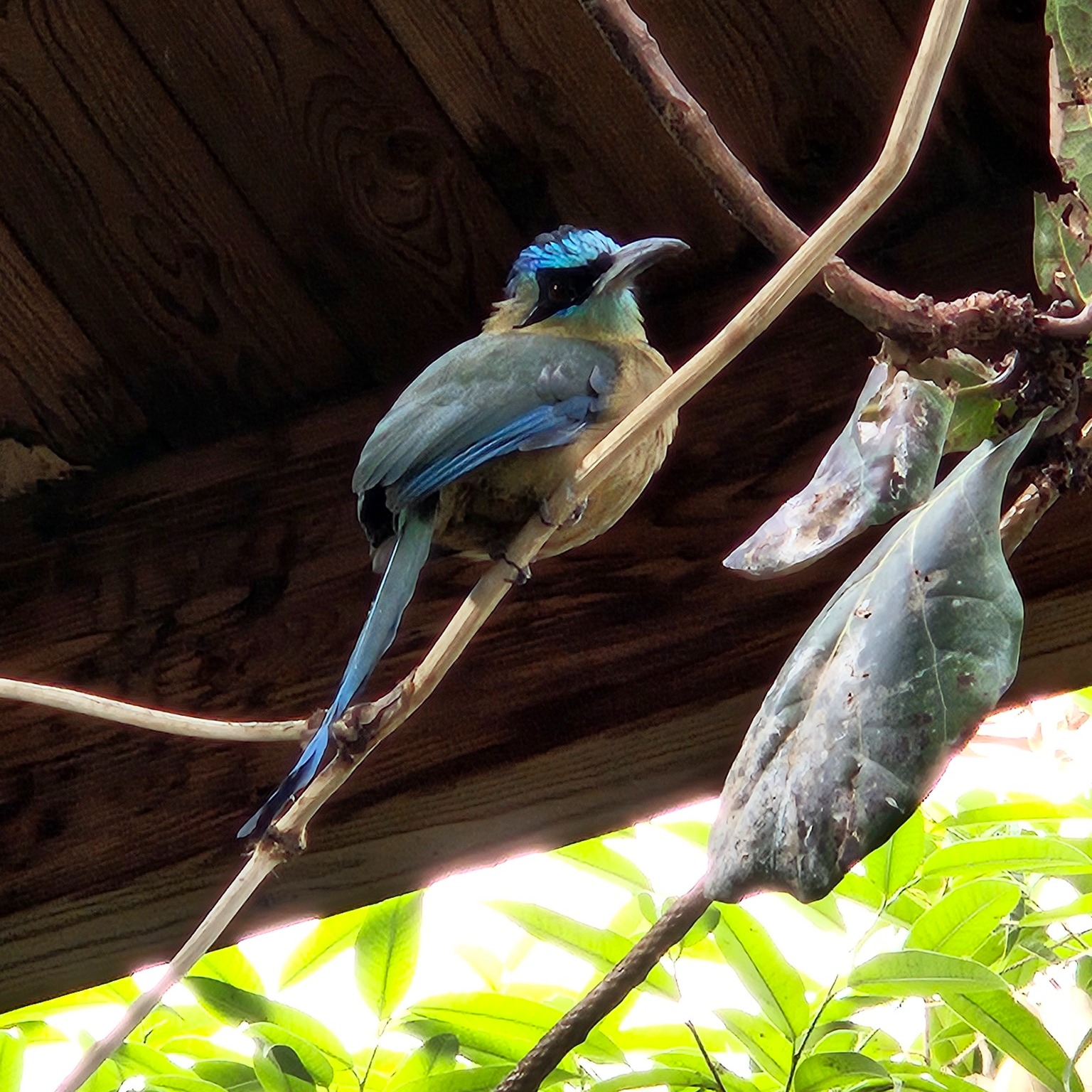– Exploring the winter wonderland of the zoo and how snow can bring new magic to animal behavior.
– Warming up with Nigel, the Amazonian momot, in the EcoCenter’s Rainforest exhibit.
– The omnivorous diet of the Amazonian momot and what it reveals about this vibrant bird species.
– Adapting zoo habitats for winter weather to ensure animal wellness and visitor engagement is important.
– Finding joy and education in the seemingly harsh winter conditions at the zoo.
**Whispers of Winter at the Zoo**
A dusting of snow blankets the landscape, transforming the zoo into a serene and sparkling world. As you walk the paths, freshly crisped by frost, you can’t help but feel you’ve entered a different realm—a place where even the most familiar animals seem to reveal new secrets amidst the silvery chill.
**An Enchanting Dance of Snowflakes and Beasts**
Have you ever seen a tiger pounce on snowflakes as though they’re errant butterflies or watched a troop of monkeys discover the joy of snowballs? In this season of tranquility and storm, animals engage with the elements in surprising and delightful ways. Where the hot sun once dictated the rhythms of rest and activity, the coolness of snow now invites play at unexpected hours. A magical sight indeed for those who venture out!
**Warm Revelations in the Rainforest**
For most, the cold beckons a need for warmth, a yearning for the cozy embrace of heated alcoves. In the zoo’s EcoCenter, a lush, humid rainforest thrives. Here, in a kaleidoscope of green, you’ll find Nigel, the Amazonian momot with plumage as colorful as the dawn chorus. He invites you to watch, learn, and admire with a knowing tilt of his head. He flits from branch to branch, a vivid streak against the deep foliage, reminding you that not all of the zoo’s wonders are outdoors in the snow.
**The Omnivore‘s Banquet**
Nigel is a creature of many tastes, as suited to the savory crunch of an insect as he is to the sweet nectar of the fruit. His diet, rich in variety, bespeaks of an adaptability requisite for survival in the diverse ecosystems of the Amazon. It’s a testament to the interlocking food web that sustains the rainforest. Every insect caught and fruit plucked maintains the balance necessary for his world and ours.
**Adapting for Hoarfrost Visits**
When the cold bites, all creatures must adapt, not just wild ones. Zoo inhabitants are no exception; meticulous care ensures their comfort during these frostbite months. From heated rocks for the lions to the delicate temperature control of the penguin enclosure, every detail is tuned to mimic nature’s hand while ensuring the well-being of the zoo’s residents.
**The Joy of Frozen Moments**
There is a special kind of learning in the stoic way animals encounter winter. Observing them provides insights into their resilience and their remarkable ability to weather what may seem extreme to us. For the young and the curious, each puff of breath they see in the cold air, each footprint left in the snow, tells a story and educates without the need for words.
**In Their Element—Cold-Weather Creatures**
While some might assume all animals would shun the snow, some are in their element precisely because of it. Polar bears roam with surprising grace, their thick fur repelling the cold; red pandas curl their bushy tails around themselves, a picture of contentment. These creatures, adapted for the chill, remind us that some call it home for every environment.
**Conservation in the Quiet Season**
Despite its sparkle and stillness, winter at the zoo is not a time of dormancy—for the staff, it’s a season of preparation and conservation. Behind the scenes, vital work continues: breeding programs are carefully managed, habitats are maintained, and new spring life plans are laid down. The zoo’s mission, to conserve, educate, and enchant, does not waver with the temperature.
**A Different Kind of Learning**
In a world where technology often supersedes direct experience, a snowy day at the zoo offers an antidote—a tactile reminder of nature’s cycles. Children who touch the cold, watch their breath fog in the air, and see creatures navigate a white-washed landscape learn profoundly and immediately. It’s an education carried in the crunch underfoot and the chill on the cheeks.
**A Place of Refuge**
Finally, the zoo in winter serves as a refuge not only for the animals but also for the human spirit. In the bite of the cold, a clarity, a simplicity that binds us. Seeing our breath and experiencing the rhythm of an animal in sync with the season reminds us of life’s simplicity, core rhythms, and our place within the grander ecosystem.
So, brave the snow-laden paths, find joy in the antics of animals in winter and let the cold air fill your lungs as you discover a zoo reborn under the weight of the snow. Seek out Nigel and learn of his varied feasts, watch the creatures that revel in the cold, and know that winter’s embrace offers unique and profound beauty.
As you make for home, cheeks flushed with the sting of winter and mind full of the day’s quiet wonders, you carry with you memories of a vivid world—one not dormant under the weight of snow but vibrantly alive, awaiting those willing to step into the enchantment of the season.
*****
Source Description
Have you been to the zoo when it is covered in snow? Visit the animals and see them playing in this winter weather. If you get cold, you can warm up with Nigel in the Rainforest, in the EcoCenter.
Did you know…Nigel is an omnivorous Amazonian momot, eating insects and other arthropods, small mammals, reptiles, and fruit.
Photo credit: Keeper Gemini


